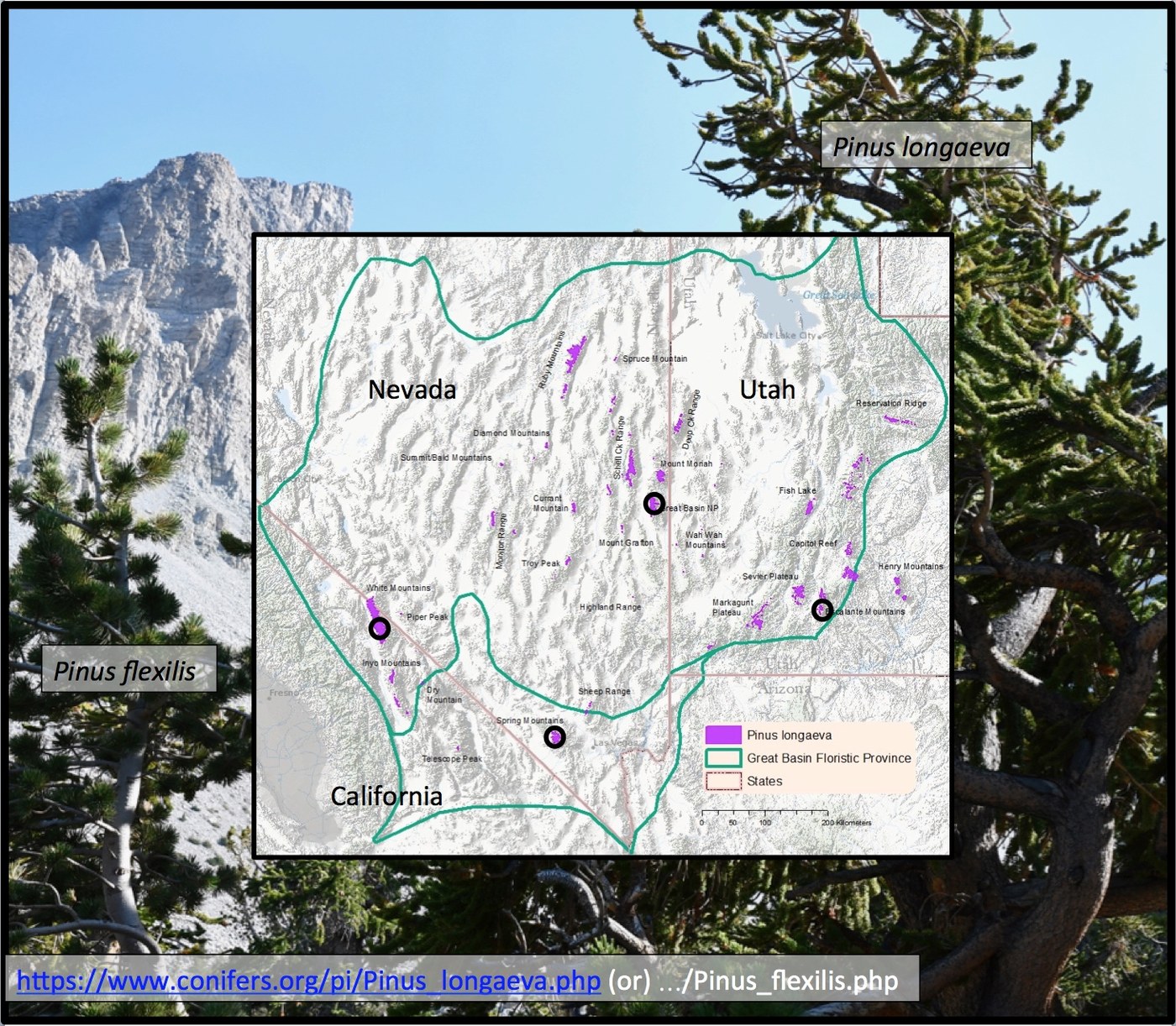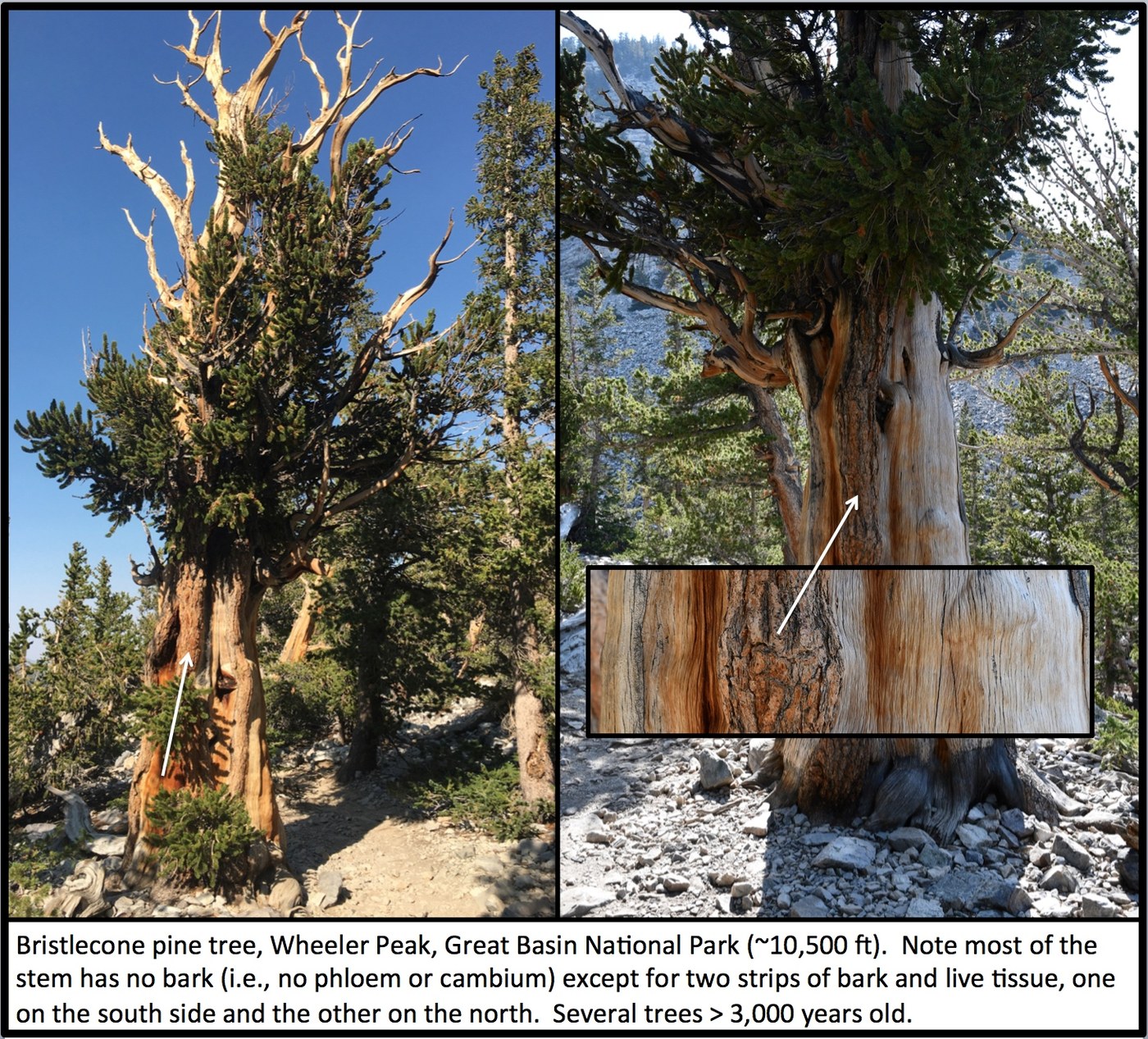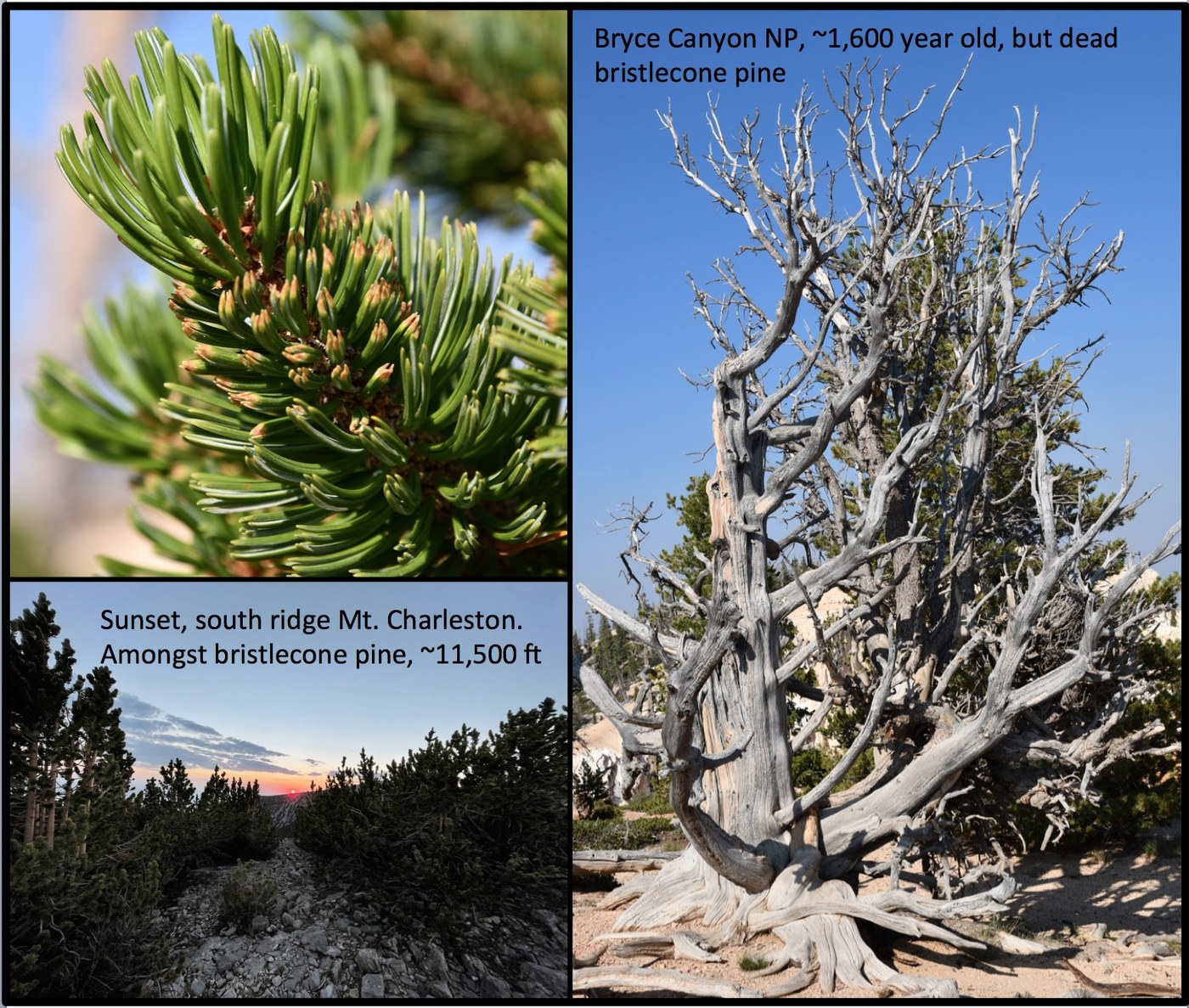I was left off along Newport Way NW at the ‘trailhead’ for the Big Tree Ridge Trail (elevation 89 ft) on Anti-Aircraft (still no evidence of a trailhead parking area although the west bound lane has a designated turn lane. The construction was promised for this summer.). There is no restroom facility, but there is an excellent map of the trails on the Cougar Mountain complex (Harvey Manning’s “Great Big Green and Quiet Place.”
About a third of a mile up as one walks by a very large Douglas-fir stump that has the notches in it suggesting that it was used in a cable logging system, a transition occurs. One goes from young second growth red alder and Douglas-fir, with strong presence of invasive species initially, into a much older second growth stand. The trail weaves in and out of gullies, crosses back and forth on ridgelets and ridges until it reaches the Precipice Top trail or the Red Cedar Trail, both lead to the Surprise Creek Trail, then the Shangri La Trail and finally the Harvey Manning Trailhead (at 1,430 ft). The ‘summit (1,486 ft)’ can be reached by road or the Lost Beagle trail. All long these trails, one has frequent vignettes of a maturing Douglas-fir-western hemlock, western redcedar forest with stand compositions, structures and sizes of an older forest. An abundance of red alder in some stands, old roads, sounds from I-90, and powerline right-of-ways are frequent reminders of the human footprint. However, given the proximity to Seattle, these vignettes are pleasing.
The effects of the heat wave and the summer drought were easily witnessed. Lots of premature leaf and needle fall, wilted June berry, extensive leaf death and loss on both elderberry and June berry, sad sword fern, etc. These features reminded me of the recent article (September 5, 2021) in the Seattle Times entitled “In North Cascades, researchers, climbers watch Washington’s snowpack quickly melt, exposing glaciers’ retreat.” These features, as well as fires, smoke, and evacuations, reminded me that we are losing trees and especially big, old trees as well entire forests. I recognize many of our forests depend upon fire, however, fires now are more intense, larger, and more frequent plus the climate is changing.
An article in the March 10, 202 issue of The Guardian by Alastair Gee had the following title “Is This the End of Forests As We've Known Them?” and sub-title “Trees lost to drought and wildfires are not returning. Climate change is taking a toll on the world’s forests - and radically changing the environment before our eyes.” In an earlier paper (May 28, 2020) by Craig Welch, and entitled “The grand old trees of the world are dying, leaving forests younger and shorter” was published by the National Geographic Society (https://www.nationalgeographic.com/science/article/grand-old-trees-are-dying-leaving-forests-younger-shorter). For example from this article comes the somber observation by Christy Brigham, Sequoia and Kings Canyon National Parks’ chief of resource management, that 38 of the giant, old sequoias had died as a result of the combination of a severe drought and the cedar bark beetle. Almost 2.5 months after this article appeared, the 2020 Castle Fire (or the Sequoia Forest Complex) started from an August 19 lightning strike. It was estimated that 369 large sequoias were killed by the fire (that represents 10 to 14% of all the large sequoias across that species range in the Sierra Nevada). Giant sequoias can reach heights of 90 meters or 295 feet and diameters of 11 meters or 36 feet! The largest by volume is the General Sherman and it has a volume (stem and branches) of 1474 m3 (coast redwoods can be taller [tallest is 115.85 m or 380 ft] and have similar volumes, but are slimmer [largest diameter is 5.18 m or 17 ft]. Giant sequoia trees are often 2,000+ years old and several trees were found to be over 3,200 years old. Only two species attain greater ages: Pinus longaeva (> 5,000 years old) or bristlecone pine, and Fitzroya cupressoides (~3,600 years old) or Alerce (Spanish) or Lahuan (indigenous), a species found in Argentina and Chile.
Having read the article in The Guardian as well at the one published by the National Geographic Society, I decided that this was going to be the summer to see the giant sequoias (Sequoiadendron giganteum). Almost 10 times I had visited state or national parks harboring coast redwood (Sequoia sempirvirens), so my focus turned to the west side of the Sierras. As the date for our trip approached, fires in northern California and in the central eastern and western parts of the Sierras precluded this planned visit. If one cannot see old and big, why not swing further east and see really old. The focus was now to find sites with relatively easy access to very old trees. Three locations were selected: (1) the Spring Mountains and (2) the Snake Range in Nevada and (3) Bryce Canyon National Park in Utah (see distribution of bristlecone pine figure).
I already had history with the 4th location, the White Mountains of eastern California. In August, 1965, I spent two days between 8,000 and 11,000 feet in these mountains visiting stands and individual trees of bristlecone pine (see White Mountain figure). I had been for several decades fascinated by a story of a bristlecone pine found on Wheeler Peak in the Snake Range, now part of Great Basin National Park. The version of the story I heard: “An unnamed person received permission from the U.S. Forest Service to cut down a bristlecone pine in order to age it (efforts to use an increment corer had failed), the age was over 5,000 years, the oldest tree in the world at that time, and now dead.” The actual age of the tree was 4,844 years. Since then, several other trees have been dated (via increment coring and careful cross-dating) older than 4,800 years. Schulman, a professor at the University of Arizona, discovered a tree in the 1950s in the White Mountains that was not successfully aged until 2012 when it was given an age of 5,067 years.
One of the mountain ranges we drove by in Nevada is called the White Pine; I puzzled at the name, then laughed and said something like the nearest western white pine is probable 300 miles to the west. I had made a huge taxonomic error: the name white pine refers to the subgenus Strobus in the pine family (Pinaceae), which includes the following species in the United States: eastern, southwestern, and western white, whitebark, limber, bristlecone, Colorado bristlecone, foxtail, single-leaf pinyon, two-needle pinyon, and sugar pine. Except for the eastern and western white pines, all these species have very limited geographic or elevational or both ranges. They are all susceptible to the introduced white pine blister rust as well as a variety of native pine beetles, which are flourishing currently as a result of climate change. Many of these species have been given a vulnerable conservation status; the whitebark pine is considered endangered.
So, while you are hiking on many of the trails in second growth forests, think about these giant and aged trees and forests. Visit them and marvel at their sizes and longevity. For the aged bristlecone pines, I recommend in priority order: (1) Great Basin National Park, the Snake Range, Wheeler Peak and specifically, the 1.4 mile trail to the Bristlecone Pine loop (begins at ~10,000 ft), (2) the White Mountains and the two loop trails of the Schulman Grove (~10,000 ft), (3) the Spring Mountains and Mount Charleston, from Lee Canyon, there is 6.3 miles loop trail featuring bristlecone pines, and to see even more, there are much longer trails from both Kyle and Lee Canyons that take you to the upper ridges and summit of Mt. Charleston (11,916 ft). On the northeast ridge of Mt. Charleston, there is the largest bristlecone pine (3.68 m or 12.1 ft in diameter and 15.8 m or 51.8 ft tall). Finally, (4) at the end of the road that goes down the spine of the ridge forming the western edge of the canyon wall of Bryce is Rainbow Overlook (9,115 ft). There is a one mile loop trail that leads to bristlecone pines. Unfortunately, the oldest (~1,600 years) is dead and the northeastern third of the loop was recently burnt in a forest fire; a reminder of loss (https://www.newyorker.com/magazine/2020/01/20/the-past-and-the-future-of-the-earths-oldest-trees).







Comments
Maddy on Big Tree Ridge, Lost Beagle, Red Cedars, Shangri La, Surprise Creek, Anti-Aircraft Peak Loop
Actually the forest on the Big Tree Ridge trail starting at the 1/2 mile mark is actually virgin old growth. It's of the few intact remnants of old forest in the Issaquah Alps. Some of those stately fire scarred Doug Fir trees are at least 300 years old. These trees were over looked by the early loggers because of the steep slopes and the fact that the big trees are scattered amongst low value maples and hemlock.
The young alder trees were a result of clearcut done in the early to mid 90s by the property owner at the time. She was an elderly widow who couldn't afford to pay the taxes on the land so she was swindled into having it partially logged. King Co finally purchased the parcel in 2010.
King Co has been quietly buying up properties in this area(The Precipice) for the past 15 years. There are several hold outs but eventually it will hopefully will be all public property some day. Purchase of the Bergsma Property (east end of the Precipice) by City of Issaquah 2019 was a fantastic win for the forest as it was already plotted and approved for a spectacularly destructive development. That one took a monumental effort by the community to accomplish!
https://gismaps.kingcounty.gov/parcelviewer2/?pin=2924069009
https://gismaps.kingcounty.gov/parcelviewer2/?pin=2924069009
Posted by:
Maddy on Sep 14, 2021 07:56 PM
Clarification of Stand History
Thank you for adding these important corrections.
Posted by:
Abam on Sep 14, 2021 09:18 PM